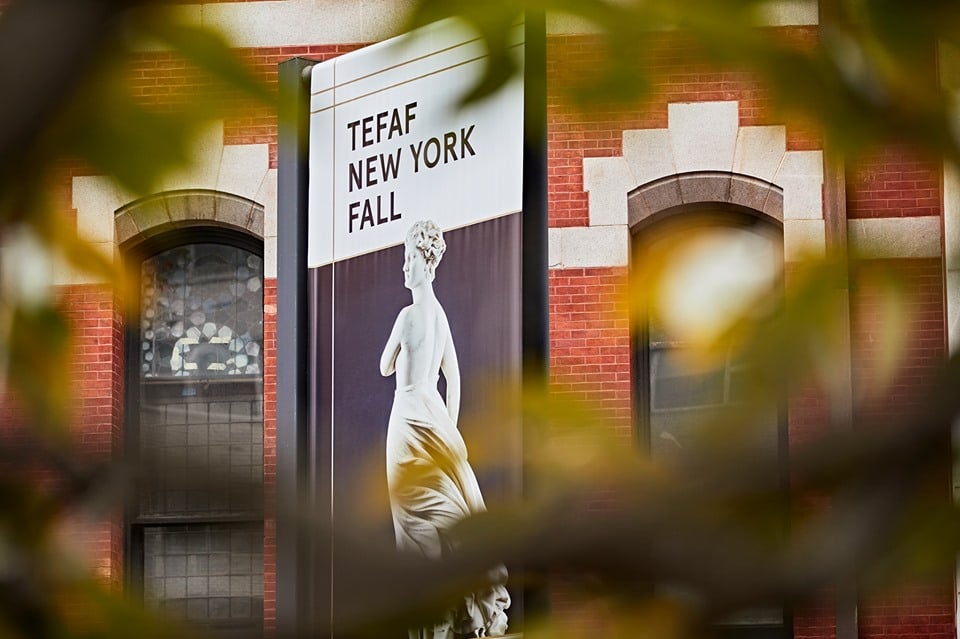
This fall’s TEFAF New York had a surprising impact on Canada’s trade balance.
According to data released yesterday by Canada’s national statistical office, our neighbors to the north saw a 116 percent hike over September in the Miscellaneous Consumer Goods category of exports. Behind the increase was hundreds of millions of dollars worth of art shipped to the US, Bloomberg reports.
With the unexpected jump, Canada widened its surplus with the US to $5.1 billion—the largest such figure recorded since the financial crisis in 2008.
“The fine art pieces were destined to an art fair in New York that began at the end of October,” the agency said. It didn’t take much sleuthing to discover that the fair in question was TEFAF, which holds three editions annually, including two in New York. Of the 91 galleries that participated in the fair, only Montreal’s Landau Fine Art hailed from Canada. Participating in the fair for the first time, the gallerist, Robert Landau, showed up to the fair with paintings by René Magritte, Le Corbusier, and André Derain, as well as a big-ticket reclining sculpture by Henry Moore.
TEFAF New York on opening day. Photo by Cristina Cruz
The boost in art exports provided a sense of hope for the trade gap picture in Canada, which saw a shrink in the national deficit from $900 million in September to $829 million in October. The numbers may be misleading though, especially if dealers failed to secure a new American home for the exported artwork.
“Items that do not sell could be brought back and subsequently included in Canada’s import statistics,” the statistics agency explained. In other words, today’s increase might feed tomorrow’s decrease.
So far, it doesn’t look good. The Art Newspaper reported today that Landau’s booth at Art Basel Miami Beach is decked out with many of the same pieces that were up for sale at TEFAF, including the Moore sculpture (priced at around $35 million) and paintings by Magritte and Le Corbusier.
“There’s such a small percentage of people that walk through these conference center doors who can afford to buy these things,” the dealer told the paper. He also spoke of plans to open up a sculpture park and private freeport on the grounds of a 375,000-square-foot castle in Lucerne, Switzerland.
Not including the dubious Miscellaneous Consumer Goods category in the calculation, the value of all Canadian exports would have gone down. That scenario represents a turn in the wrong direction for the country, whose trade deficit has slowly been shrinking since reaching $3.75 billion in December of last year.